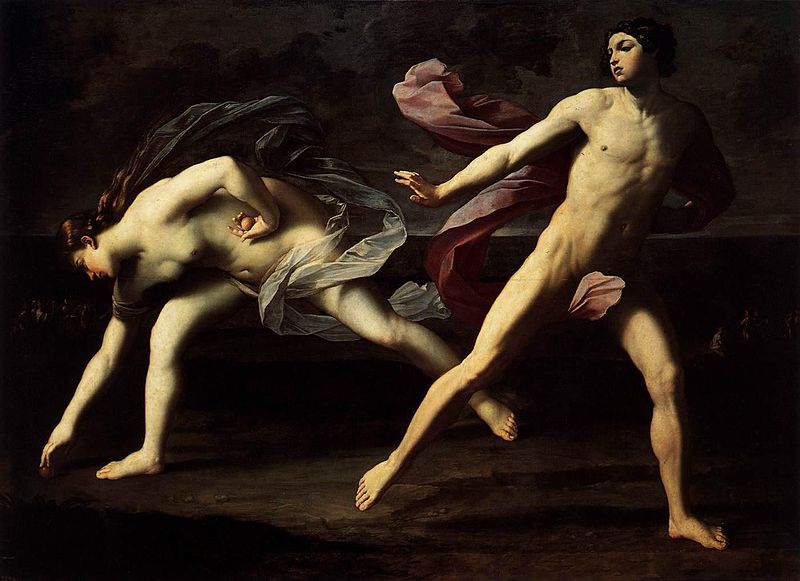Review of the exhibition at the Palazzo Cipolla
As someone who has lived in Rome on and off over the past seven years, I found this exhibition on the Baroque in Rome particularly enjoyable. It helped me gain a greater understanding of this city whose history is so woven into the surfaces of its streets and squares, the facades of its buildings and their interiors.
The sculpture, paintings and architecture of the 17th century form some of Rome’s most characteristic sights. The Piazza Navona, for example, was transformed during this time. The Palazzo Pamphilj, the Church of Sant’Agnese and the Fountain of the Four Rivers, comprising the piazza’s most dramatic architecture, were all either completely re-designed or constructed at the height of the Baroque period. All are found within the same photo taken by millions of tourists each year.
My reference to photography is deliberate. These tourists are unwittingly perpetuating a practice that was heavily pursued through works of Reni, da Cortona, Rubens and Bernini: the dramatic potential of capturing the moment. This was one of the key ideas of the Baroque movement.

The drama of the moment is paramount throughout the exhibition at the Palazzo Cipolla. In the first room we stand before energetic scenes such as Guido Reni’s Atlanta and Hippomenes, floundering mid-race, yet frozen in time. Reni depicts the image with extraordinary grace: the protagonists’ skin and shadows are softly rendered yet prominent against the dark backdrop. Through the angles of their limbs, the artist cleverly carries the viewer’s eye in an arc across the canvas.
But above all we see biblical stories reflected dramatically through the Baroque art on display. Da Cortona’s Angels Scaling the Foreheads of the Children of Israel, for example, is viewed from the surface of the sea, at night, a confused sight of angels flying above the boats that contain the children of Israel, marking crosses upon the desperate passengers’ foreheads. The painting represents a vision of the Apocalypse, with the division of risen souls on the Day of Judgment. The chaotic scene is illuminated by a glowing crucifix held aloft by an angel.
Another sensational moment is captured by the Bolognese sculptor Alessandro Algardi with his bronze statuette, Saint Michael Overcoming the Devil. Saint Michael, sporting feathered wings, stands over the Devil. His right arm is raised. His left holds a chain fixed to a manacle that clasps the arm of the devil that is in flames beneath, writhing, mouth and eyes open, frantic.
Baroque artists were encouraged to captivate their audiences. They were expected to capture all the drama of the Christian narrative in order to draw crowds into the churches that fell under the papal domain. Politics demanded it. Luther’s damning theological critique of Catholicism provoked the Council of Trent, which led to the Counter Reformation. Consequently, art had to persuade: it invoked drama, magnificence and the intense spiritual expression of Caravaggio.
Together, this movement created what the art historian Robert Hughes has described as “the last great universal language of spirituality”. This language can be clearly understood at the Palazzo Cipolla exhibition.
